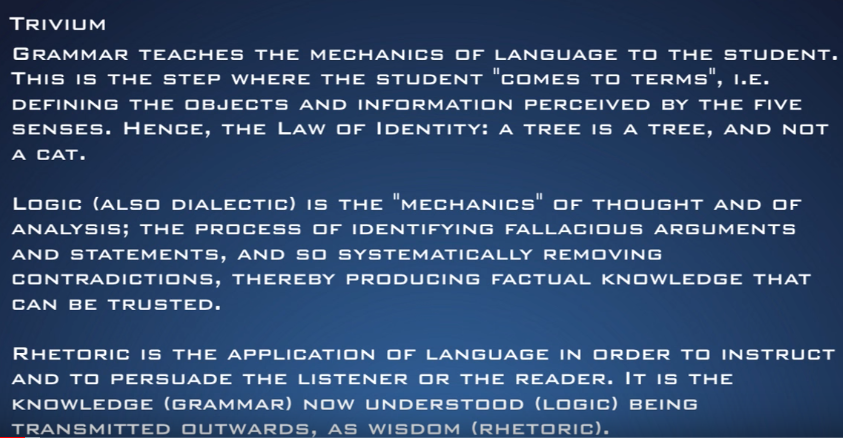Social identity is the portion of an individual’s self-concept derived from perceived membership in a relevant social group. As originally formulated by social psychologists Henri Tajfel and John Turner in the 1970s and the 1980s, social identity theory introduced the concept of a social identity as a way in which to explain intergroup behaviour.
Social identity theory (SIT) is described as a theory that predicts certain intergroup behaviours on the basis of perceived group status differences, the perceived legitimacy and stability of those status differences, and the perceived ability to move from one group to another. This contrasts with occasions where the term “social identity theory” is used to refer to general theorizing about human social selves. Moreover, and although some researchers have treated it as such, social identity theory was never intended to be a general theory of social categorization. It was awareness of the limited scope of social identity theory that led John Turner and colleagues to develop a cousin theory in the form of self-categorization theory, which built on the insights of social identity theory to produce a more general account of self and group processes. The term social identity approach, or social identity perspective, is suggested for describing the joint contributions of both social identity theory and self-categorization theory. Social identity theory suggests that an organization (or any other group-membership) can change individual behaviors if it can modify their self-identity or part of their self-concept that derives from the knowledge of, and emotional attachment to the group.
Music has significant effects on social identity. Already Aristotle and Plato argued that the “harmonics of music effect the harmony within society”. Today’s music industry (which is highly centralized) exerts powerful influences on society, especially on children and adolescents. The effects of today’s mainstream music on social identity are extremely worrisome (to say the least). The systematic (large scale) manipulation of social identities is an important tool of social engineering (cf. Adorno/Frankfurter school). Unfortunately there are almost no protective mechanisms in place which could prevent vulnerable populations from “weaponized music“. Music can be effectively utilized to destabilize society (via social identity) and it is thus a tool of psychological warfare, for instance, via systematic demoralization (violence, aggression, sexual promiscuity, ego-reinforcement, importance of money/materialistic thinking, etc.). Statistical research has demonstrated significant correlations between music and various detrimental behaviours (drug use, violence, promiscuity, etc.) and psychopathology. Music can be used to induce trance and manipulate basal unconscious processes. From a “mental hygiene” point of view the conclusion is clear: Be careful what enters your ears because it will effect your (unconscious) mind and your social identity (in analogy to the effects of unhealthy food intake and physical health). However, vice versa the flip-side holds also true: Music can be used to elevate the mind and foster moral and ethical behaviour (viz., harmony and virtues). However, this is clearly NOT happening.

Further References
Plain numerical DOI: 10.1002/1099-0992(200011/12)30:6<745::AID-EJSP24>3.0.CO;2-O
DOI URL
directSciHub download
Show/hide publication abstract
Plain numerical DOI: 10.3102/0013189X0629800
DOI URL
directSciHub download
Show/hide publication abstract
Show/hide publication abstract
Plain numerical DOI: 10.1093/acprof:oso/9780199256990.003.0006
DOI URL
directSciHub download
Show/hide publication abstract
Plain numerical DOI: 10.4135/9781446249222.n45
DOI URL
directSciHub download
Show/hide publication abstract
Plain numerical DOI: 10.1007/978-3-319-29869-6_1
DOI URL
directSciHub download
Show/hide publication abstract
Plain numerical DOI: 10.2307/2787127
DOI URL
directSciHub download
Show/hide publication abstract
Plain numerical DOI: 10.1155/2019/9028714
DOI URL
directSciHub download
Show/hide publication abstract
Plain numerical DOI: 10.1111/j.1751-9004.2007.00066.x
DOI URL
directSciHub download
Show/hide publication abstract
Plain numerical DOI: 10.1111/0162-895X.00230
DOI URL
directSciHub download
Show/hide publication abstract
Plain numerical DOI: 10.1146/annurev.psych.56.091103.070137
DOI URL
directSciHub download
Show/hide publication abstract
Plain numerical DOI: 10.1007/BF00992905
DOI URL
directSciHub download
Show/hide publication abstract
Plain numerical DOI: 10.2307/2695870
DOI URL
directSciHub download
Show/hide publication abstract
Plain numerical DOI: 10.4324/9780203505984-16
DOI URL
directSciHub download





